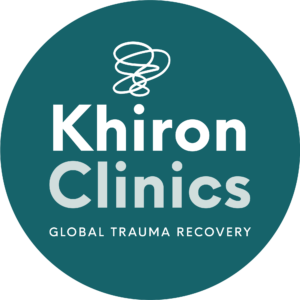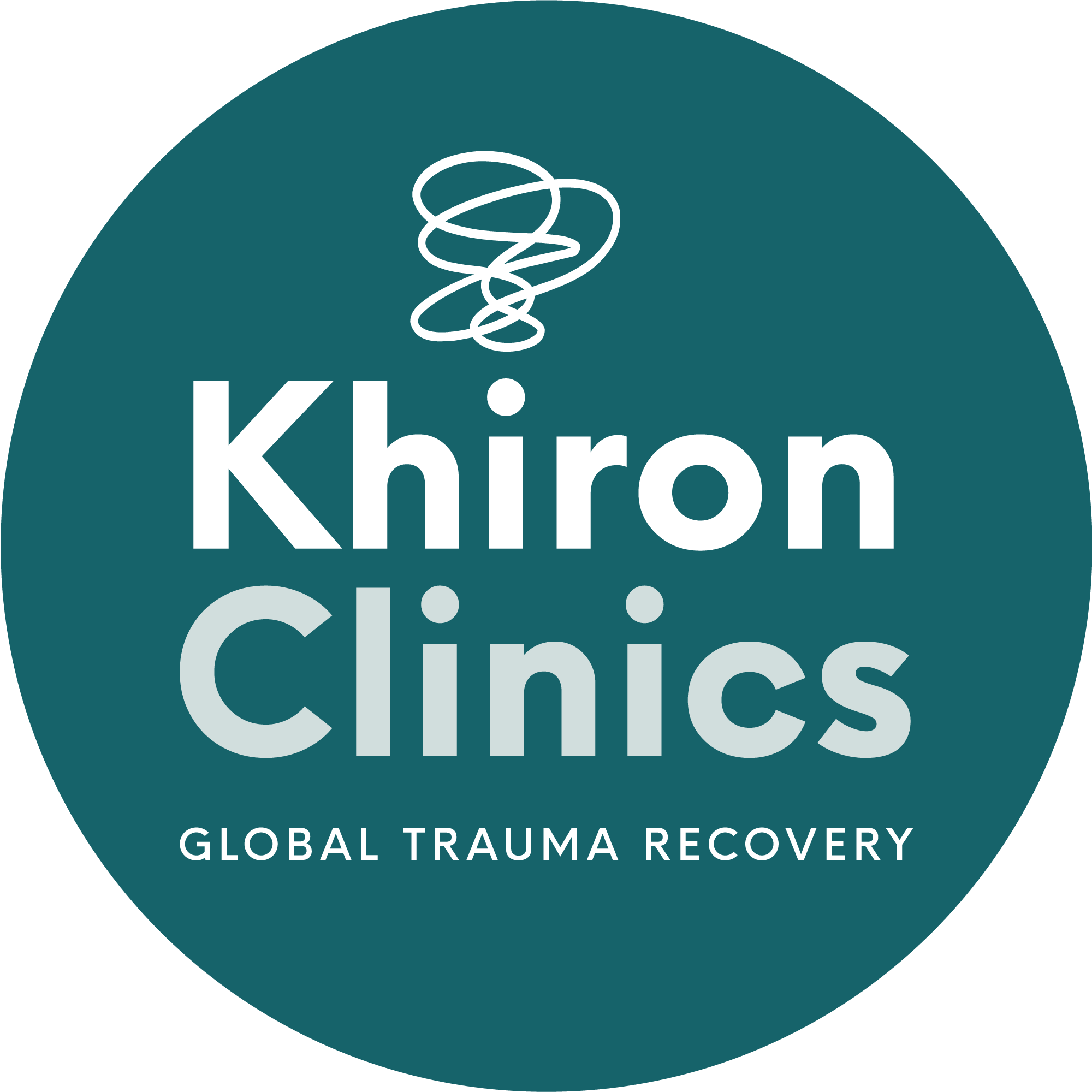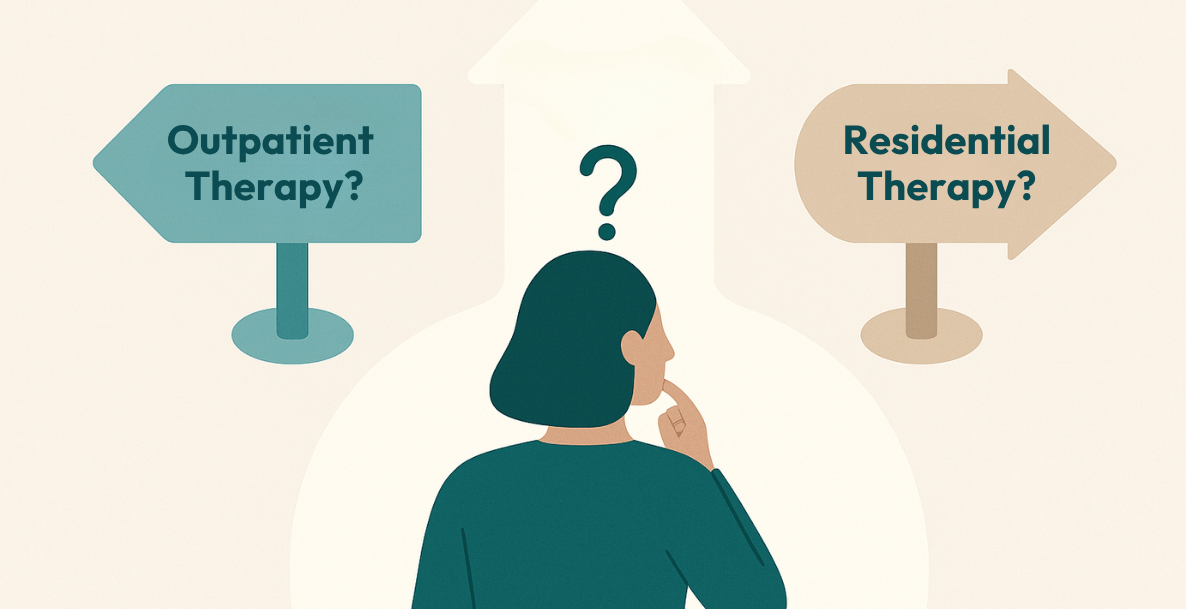Dissociative Identity Disorder (DID) is intricately linked to trauma, particularly in early life. Initially labelled as multiple personality disorder (MPD), DID earned its name from the belief that distinct identity fragments exist as separate personalities within a single body. As research has evolved and understanding of the disorder has developed, it has become clear that DID emerges as a coping mechanism in response to severe and prolonged traumatic experiences.
The fragmentation of identity reflects an adaptive response to overwhelming stress, serving as a coping mechanism to compartmentalise and manage overwhelming experiences. DID highlights the profound impact that trauma can have on the lives of survivors. Unfortunately, the portrayal of DID in the media has led to negative stereotypes and widespread misconceptions about the disorder.
A nuanced understanding of how DID affects identity and daily life is essential for more compassionate support for individuals navigating the complex interplay between their identities and traumatic histories.
Dissociation Explained
Dissociation is a disruption of the integration of memory, identity, and perception. Events causing psychological stress or trauma can undermine our perceived coping abilities, leaving us emotionally, cognitively, and physically overwhelmed. Dissociation becomes an active defence, protecting both embodied and disembodied aspects of being.
Dissociation helps protect both our physical and mental realities from the potentially overwhelming effects of certain experiences or traumas. It creates a psychological distance, allowing us to navigate challenging situations without becoming completely overwhelmed by the associated emotions or memories, as well as the physical sensations in some cases.
Dissociation often causes a profound sense of detachment from thoughts, emotions, or surroundings, which often leads to unsettling memory gaps. The disconnection can manifest as observing oneself from an external vantage point, known as depersonalization, or perceiving the environment as distant and unreal, termed derealization.
The Spectrum of Dissociation
Dissociation spans a wide spectrum, ranging from mild instances like daydreaming or finding oneself at home without recalling the journey, to more severe cases such as dissociative disorders. DID and other dissociative disorders bring about intensified and recurrent dissociation. This heightened dissociation significantly impacts daily functioning and overall well-being, creating a complex challenge for those affected.
Mild dissociation hints at the mind’s ability to temporarily disconnect from immediate surroundings. It allows individuals to navigate routine tasks almost automatically, albeit without conscious recollection.
On the opposite end of the spectrum, severe dissociation, as seen in DID, introduces a level of disconnection that profoundly disrupts daily life. Individuals with DID may grapple with distinct, separate identities, each with its memories and characteristics. This fragmentation can lead to internal conflicts and challenges in establishing a coherent sense of self.
In both subtle and profound ways, dissociation allows us to appreciate the mind’s intricate ability to cope with overwhelming experiences. Acknowledging the spectrum of dissociation is crucial for developing targeted therapeutic interventions that cater to the unique needs of individuals navigating the complexities of this psychological defence mechanism.
The journey towards understanding and addressing dissociation involves unravelling its layers, fostering empathy, and building a clearer picture of one’s internal world without judgment.
What is Dissociative Identity Disorder?
Dissociative Identity Disorder (DID) often stems from severe, repeated trauma during formative childhood years, disrupting the normal development of identity. Experiences like chronic abuse, neglect, or profound emotional stress can overwhelm a young mind, leading to the fragmentation of identity as a defence mechanism.
Trauma’s impact is subjective, rooted in an individual’s experience and resilience. The capacity to create psychological space and restore a secure sense of self often relies on the therapeutic support of a listening other. For those who do not have – or perceive themselves not to have – such a person in their lives, the mind may create an internal identity to fulfil the role.
Identity states are commonly referred to as alters or alternate personalities. Each alter has a unique way of perceiving and interacting with the world, along with its own memories, emotions, and behaviours.
Alters can vary widely in age, gender, temperament, and even physical characteristics. The transitions between these identity states, known as switching, can be sudden and may result from stress, triggers, or environmental cues.
While DID involves the coexistence of different identities within an individual, these identities are not distinct individuals in the way portrayed in popular media. Instead, they represent fragmented aspects of one unified personality.
Coping Strategies for Dissociation and Treatment for DID
There is a distinct difference between those who occasionally dissociate and those who have a dissociative disorder. The distinction between occasional dissociation and having a dissociative disorder lies in the frequency, severity, and impact of dissociative experiences on an individual’s daily life.
Having a dissociative disorder such as DID involves more pervasive and disruptive dissociative experiences. In dissociative disorders, these experiences can be more intense, frequent, and may interfere with a person’s ability to function in various aspects of life, including relationships, work, and daily activities.
DID requires tailored, long-term treatment. Occasional dissociation can be distressing, and may be a sign of a mental disorder that requires professional treatment – however, there are several coping mechanisms people can employ to help them cope.
Grounding Techniques
Grounding techniques serve to anchor you in the present moment and redirect attention to your current surroundings. They prove beneficial for both individuals experiencing dissociation and those observing it. Effective strategies include:
Body Scan
Starting with deep breaths and progressing from feet to head, squeeze and release muscles along the way, allowing you to identify and release stress stored in different body areas while connecting with physical sensations.
Tapping
Similar to a body scan, tap, pat, or stroke the body from the feet up to the head, adjusting the intensity intuitively. Whether a gentle stroke or a firmer tap, this method fosters a tactile connection with your body.
54321
Once you find your breath, follow these steps to ground yourself:
- 5: Acknowledge FIVE things around you.
- 4: Acknowledge FOUR things you can touch (physically reach out if needed).
- 3: Acknowledge THREE things you hear.
- 2: Acknowledge TWO things you can smell.
- 1: Acknowledge ONE thing you can taste.
DID Treatment
DID treatment prioritises stability over rapid trauma processing. Treatment for DID typically entails an extended course of psychotherapy, specifically tailored to address the underlying trauma. The preferred approach involves three phases: establishing safety, trauma processing, and achieving a dissociation-free life. Each phase, often overlapping, spans several years.
Besides addressing PTSD and dissociation, it is often important to treat co-occurring issues like depression, suicidality, self-harm, disordered eating, and body image distortions in structured therapy.
Acknowledging that DID arises as a coping mechanism for overwhelming trauma has the power to dismantle stigma and cultivate a compassionate perspective in both diagnosis and treatment. Guided by the right support, commitment, and understanding, those with DID can embark on a journey toward integration and healing, breaking free from the clutches of trauma to reclaim control over their lives.







